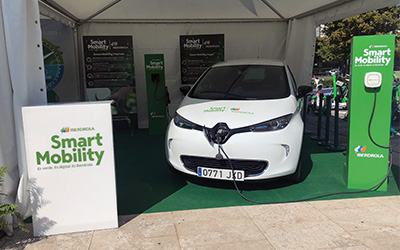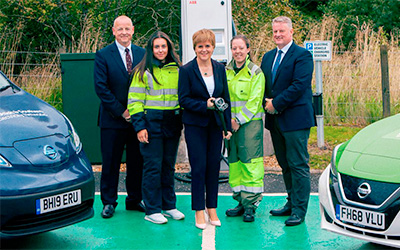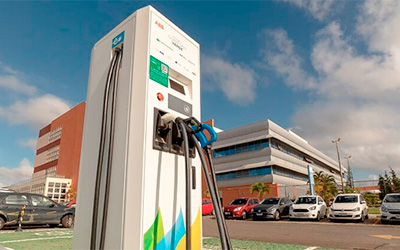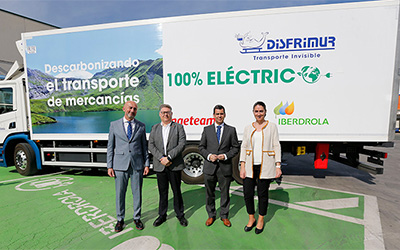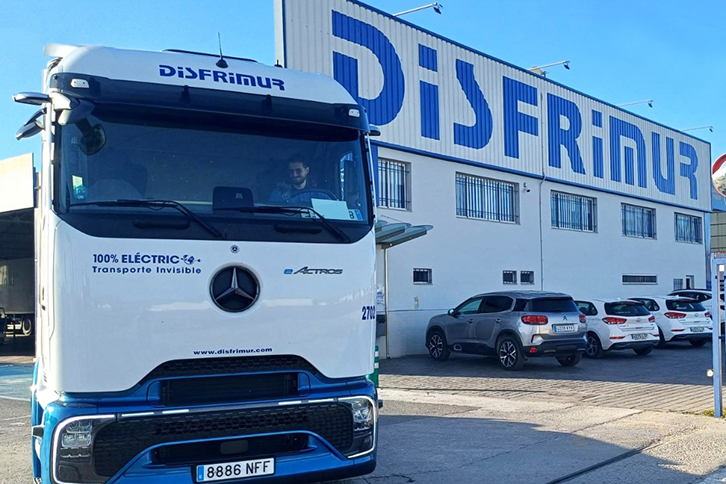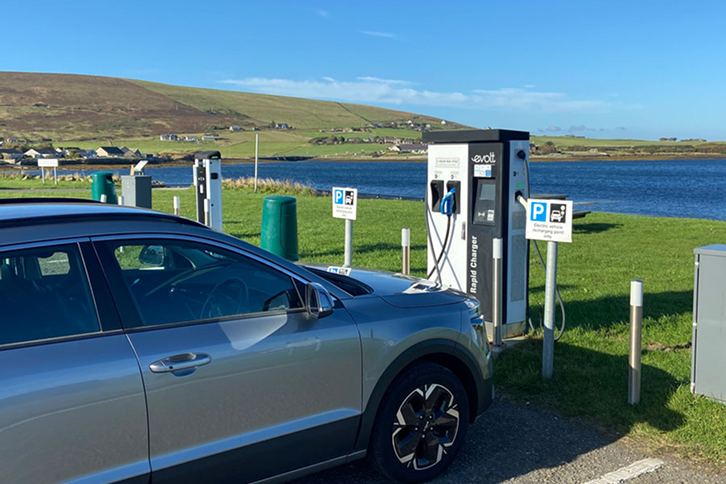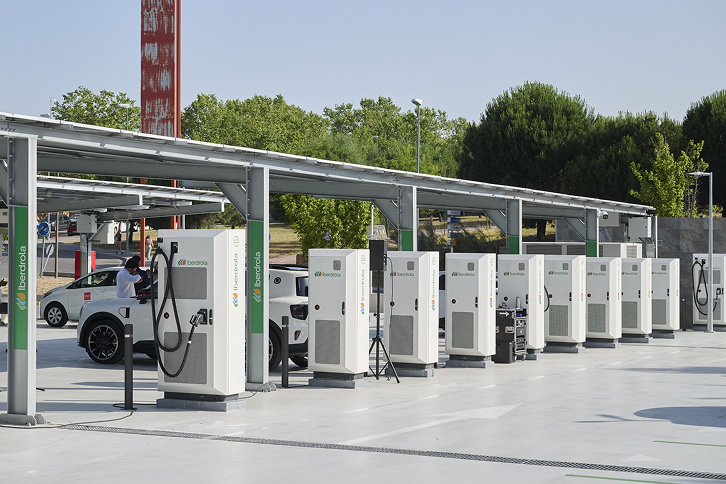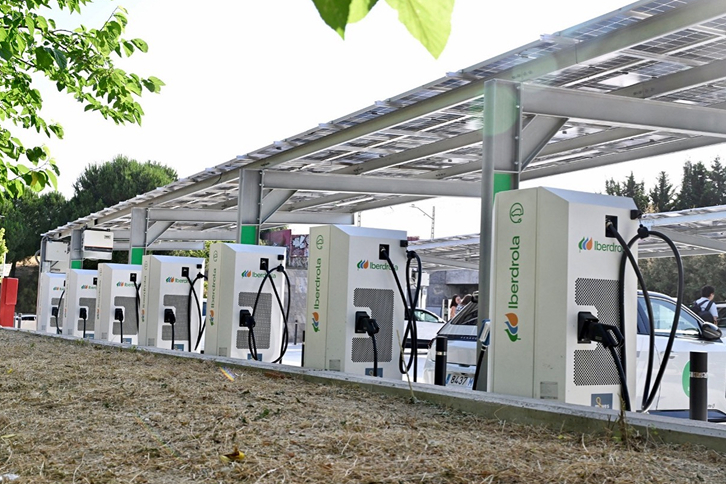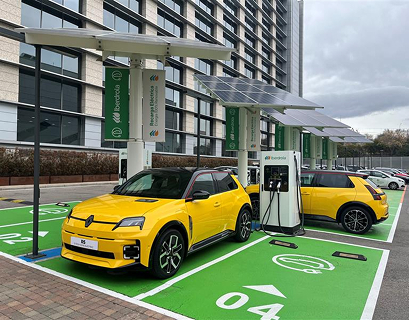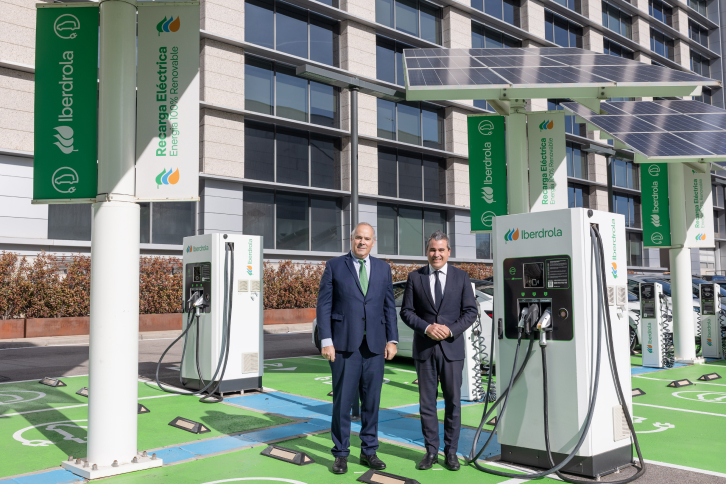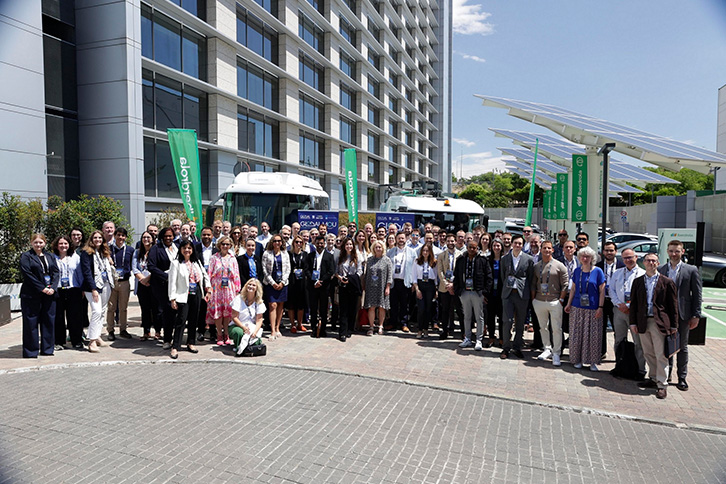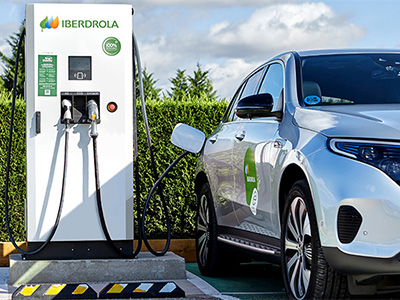Iberdrola with electric mobility
We promote electric mobility
At Iberdrola, we are committed to electric mobility as a key element in the progress towards a zero-emissions energy model. Find out how we work to promote access to this type of sustainable transport for the whole of society.

We are engaged in an energy-transition process, a major shift in the way we generate and consume energy, which leads us towards the electrification of the economy. One of the most important areas of action on the path to this common goal is the transportation sector, which is a key factor in energy consumption and the largest emitter of greenhouse gases in the world. The International Energy Agency (IEA) estimates that transportation generates more than one-third of greenhouse gas (GHG) emissions globally.
As the effects of climate change become more evident, sustainable mobility, and specifically electric mobility, has gained importance among governments, companies, and individuals as an alternative to traditional transportation. Electromobility, which is increasingly popular, has become a revolutionary change that is set to redefine the way we move in our daily lives.
What is electric mobility?
Electric mobility is the transport system made up of vehicles using electricity to power all or part of their engine or motor – a quality that makes them a sustainable alternative to fossil fuels such as petrol or diesel.
The current supply of electric vehicles largely covers the different levels of demand and provides solutions for various types of journeys: from short-distance and small-load journeys (such as electric bikes and motorbikes) to long-distance and heavy-load journeys (with public-transport vehicles and electric trucks).

Advantages of electric vehicles
Every day there are more and more electric vehicles on our roads, whether they are cars, motorbikes, buses or trucks. But what are their main advantages?
Source: Massachusetts Clean Energy Center, U.S. Department of Energy.
Electric mobility, key to the energy transition: challenges and opportunities
The shift towards a resilient and eco-friendly model involves three key pillars: deploying renewable energies, promoting technological innovation, and electrifying the economy, transport and buildings. Electric mobility is therefore an essential piece of the energy transition puzzle and offers major sustainable advantages over combustion cars.
It is a clean technology that helps reduce pollutant emissions and significantly improves air quality in cities as electric vehicles do not emit carbon dioxide or other pollutants. This effect is even more sustainable if electric vehicles are powered by renewable energy.
Among the main challenges of this type of mobility, we can highlight four key areas where current technological advances in the sector are focused:

We are energy in motion.
Our most important electric mobility projects
Iberdrola, a benchmark in the promotion of electric mobility
19 September 2025
We promote electric mobility in different countries
More on electric mobility
What is electric mobility?
In a world evolving towards innovation and sustainability, electric mobility has become a solution that not only redefines the way we get around, but also plays a crucial role in reducing carbon emissions.
Discover electric mobilityTypes of electric vehicles
We look at the key points to consider when buying an electric vehicle: the types of cars, the difference with hybrids, how the engine works, and the range of charging and connectors.
Discover the types of electric vehiclesWhat is electric mobility?
In a world evolving towards innovation and sustainability, electric mobility has become a solution that not only redefines the way we get around, but also plays a crucial role in reducing carbon emissions.
Discover electric mobilityTypes of electric vehicles
We look at the key points to consider when buying an electric vehicle: the types of cars, the difference with hybrids, how the engine works, and the range of charging and connectors.
Discover the types of electric vehicles
















